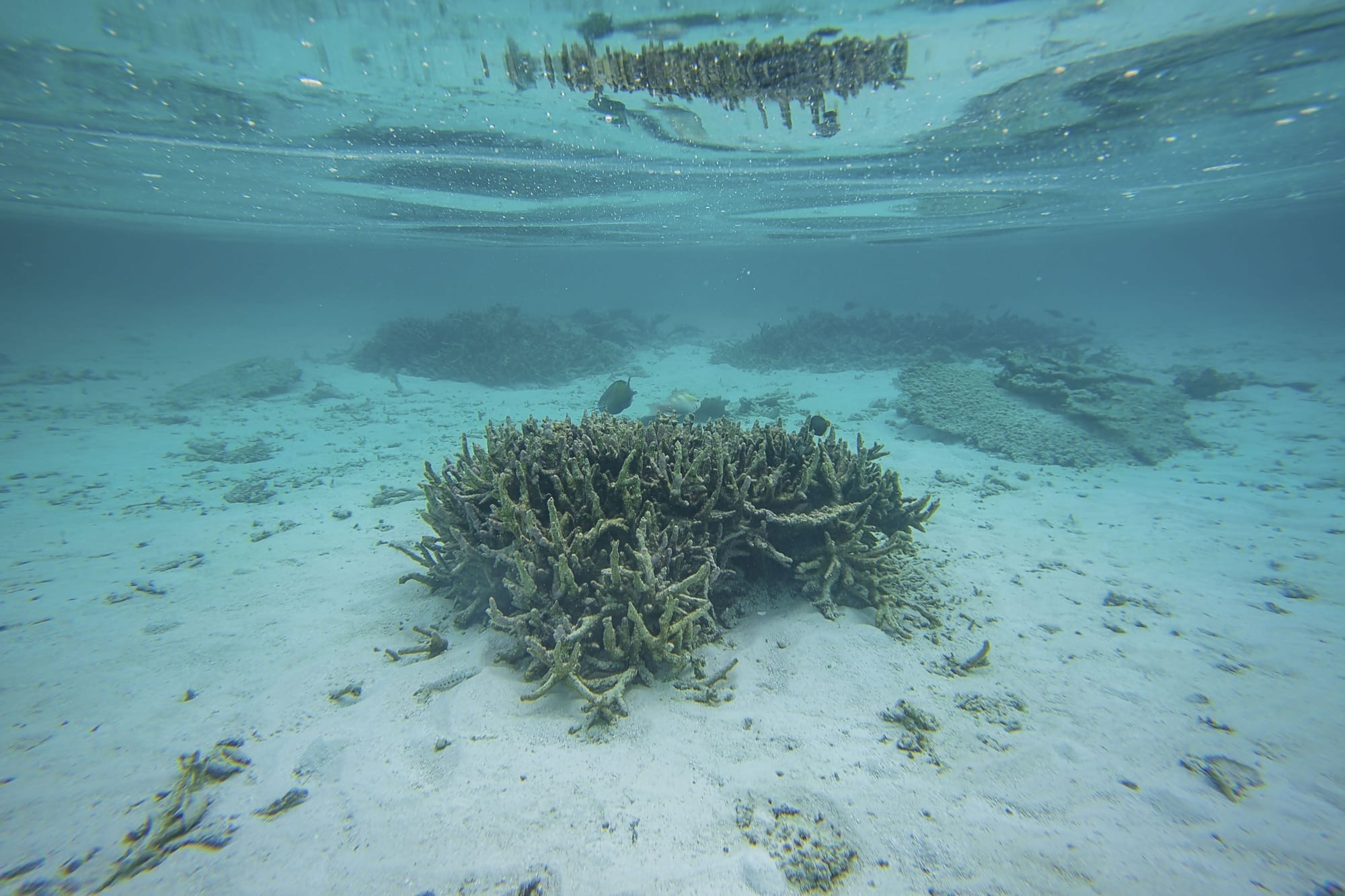A significant heat wave is poised to sweep through Southern California, with temperatures predicted to soar up to 10 degrees above normal, especially affecting regions like the San Fernando, Antelope, and Santa Clarita valleys. The National Weather Service has issued heat advisories for areas such as San Bernardino and Riverside counties, warning residents of potential temperatures reaching as high as 104 degrees. Coastal communities are expected to experience milder conditions, though residents in downtown and East Los Angeles are still looking at highs in the 80s to low 90s.
This shift is attributed to a high-pressure system forming over Arizona, which is expected to suppress the marine layer and drive significant warming inland, with weaker onshore winds contributing to this trend. As temperatures rise, residents are advised to stay hydrated, avoid direct sun exposure, and check on vulnerable neighbors.
The heat wave not only poses health risks but also raises concerns about fire weather across the region. Forecasters indicate there is a 20% chance of red flag warnings, particularly in interior valleys and elevated areas, due to the hot, dry conditions. Compounding this situation, models suggest that another wave of extreme heat may follow next week, potentially accompanied by gusty winds.
The implications for California are multifaceted. Increased temperatures can heighten the risk of heat-related illnesses and wildfires, straining public health resources and emergency services. Politically, this scenario underscores the ongoing challenges posed by climate change, as rising temperatures become a more frequent reality. The need for effective disaster preparedness and community support is paramount, particularly in a state that has grappled with severe wildfires in the past. As the state navigates these immediate challenges, there will likely be renewed discussions around infrastructure resilience and climate adaptation policies.
via www.latimes.com


